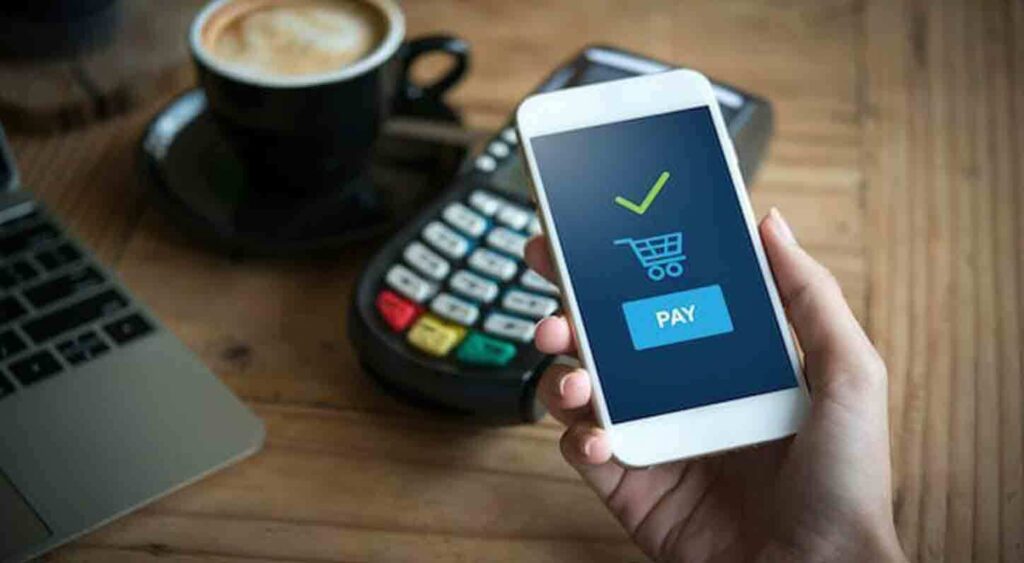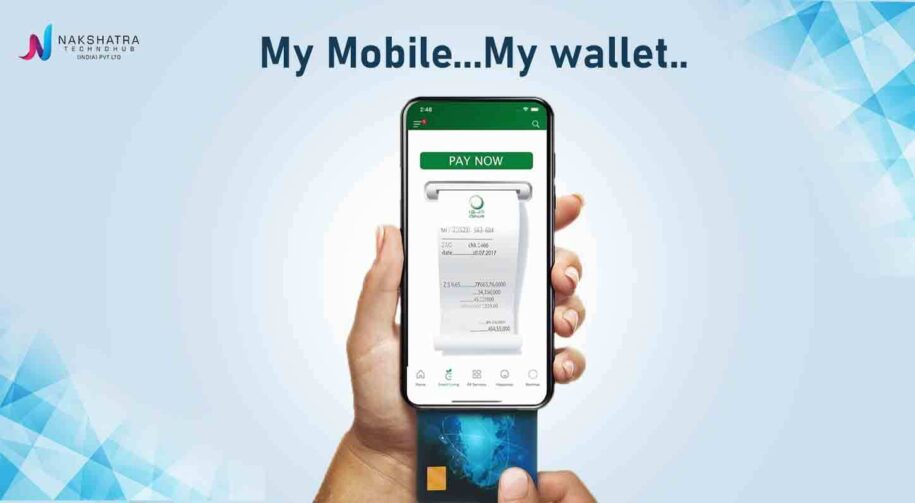Numerous options for organizations to expand more quickly have been made possible by the significant developments in electronic payments. Electronic payments are now a smooth, quick, and hassle-free method of making payments thanks to ongoing technological improvements. You are no longer required to deposit payments at the bank.
eCommerce has become increasingly popular in recent years, achieving a user penetration rate of 46% for digital commerce in 2020. Since then, its attractiveness has grown dramatically, especially during the global COVID-19 epidemic. According to data, there was a 200% increase in the number of clients signing up for mobile banking during the first year of the pandemic. Traffic in mobile banking surged by 85%.
Thanks to technology and digitization, the market has advanced. The use of electronic payment systems and payment processing equipment is growing. The use of checks and cash for transactions is declining daily as online payment options advance.
Through the use of computer networks, the internet, and digital stored value systems, the transaction is completed electronically. If you receive payment online, it is referred to as an online payment.
What are online payments?
Online payments are the broad term for payments done through the internet. These payments are made when using any services or making purchases of goods, whether online or off. Online payments come in two flavors: one-time payments (like an Amazon purchase) and recurring payments (like subscribing to Netflix).
Some of the common methods of online payments include:
Bank transfers
Digital wallets like PayPal or Google Pay
Online credit and debit cards
QR Codes / UPI
BNPL

Advantages of Online Payments:
Reaching Global Audiences
The ability for a company to accept payments online and make their store open to the entire world may be its strongest draw. One of the key benefits of digital payments is the ability to expand your sales reach to these eager audiences of global users. As a merchant selling online, your offering is open to much more than just your own nationals; in fact, over 56% of online customers prefer shopping cross-border.
Reduced Cost for Transactions
Online payments occur in a much more automated setting than traditional payment arrangements, where the customer leaves the comfort of their house to travel to a business and pay there or place an order and mail a check. This results in lower expenses for your company.
Merchants can build up payment systems, frequently with no initial cost, and transaction fees for sales recorded on their site are reasonable rather than having to pay for a cashier or deal with the expenses of processing payment slips.
Secure your Transactions
Online payments offer a high level of security for transactions, notwithstanding cybersecurity threats. The Payment Card Industry Data Security Standard, often known as PCI-DSS, should be followed by all businesses that handle, process, and receive digital payments.
It is a set of security controls developed by the leading card issuers in the world to guarantee the safe processing and management of electronic payments. It entails the use of techniques like tokenization and encryption, which turn sensitive data into code for safe and dependable online transmission.
Offer flexible payment options
One of the most significant advantages of online payments is the ability to use flexible payment alternatives, which is difficult to achieve in a physical store. One of the top priorities for customers when they shop is being able to pay using their preferred method. Two-factor authentication, SSL encryption, 3D secure, PSD2, and other security measures are also available. Implementing a Payment Gateway that already complies with all of these precautions is the quickest method to guarantee complete security when processing online purchases. Customers prefer to have as many options as possible in case the payment can’t be processed, including credit and debit cards, digital wallets (like Amazon Pay, Google Pay, and Amazon Pay), and even ways like PayPal, Stripe, and Square.
More and more payment choices have emerged in recent years, such as Klarna, a financial tool that enables customers to pay for goods and services over the course of 4 equal payments.
Optimized Customer journey
Customers can make purchases using online payments at any time of day and in any global market they want. Users purchase online mostly for convenience in completing a transaction, thus it’s critical for retailers to accommodate this demand. Giving your customers the option to pay online enables you to give them instant gratification, something they are quickly growing to expect. Today’s global consumers may even get or have quick access to the goods in the case of digital goods.
More alluring to impulsive purchasers
While we’re talking about sales growth, think about how inviting your store becomes to impulsive buyers, especially if you include online payment options. Depending on the product area you’re selling in, various products and goods are able to persuade customers right away. Another benefit is that it makes it easier for customers to make payments.
Recurring payment capabilities
It is a recurring need in subscription-based or SaaS firms because taking payments from customers occurs at predetermined periods. And while cash or cheques might still be used today to pay for subscriptions, most customers don’t, especially when purchasing digital goods.
Consequently, the automation potential it delivers to subscription markets is a significant payment gateway benefit. Through these partners, merchants can offer recurring billing services, which results in fewer steps being needed for the buyer and the seller to make or accept a payment. Rich subscription management services are also offered by some suppliers, which can be a huge assistance for companies looking to increase customer retention.
Information for data-driven decision-making
One of the main advantages of accepting payments online is that you may learn a lot about your customers’ behavior and the products or services they click on, the device they use to make the purchase on, the payment methods they prefer, and how long (and where) they stay on your website.
Businesses may give a more individualized experience that matches consumer behavior using the data acquired from customer data points. This information also allows businesses to forecast customer behavior and outcomes, which ultimately improves customer service and increases revenue.
Contactless Transactions
The best thing about online payments is, they are contactless. It saves your time which you spend in the queue at local shops. It enables people to travel without cash. Anyone can buy anything from anywhere!
Easy and Quick Setup
Implementing new features at your company could seem intimidating. You already have a lot on your plate.
Electronic techniques, however, allow quick and simple setup. They make it easy with seamless integration, so you don’t have to undertake labor-intensive work. Of course, various sellers can provide more advantageous solutions. Therefore, weighing your options will assist you in selecting the best setup service.
Creates Trust For the Customers
When you provide them with helpful resources, they will believe that you care about them. It demonstrates that you pay attention to their entire experience rather than just the brief period you spend with them in the office.
When it comes to money, especially medical costs, people get anxious. According to a survey, 37% of respondents were worried about their ability to pay for medical treatment. Additionally, 53% of families with kids were concerned about their ability to make ends meet.


Leave a Reply